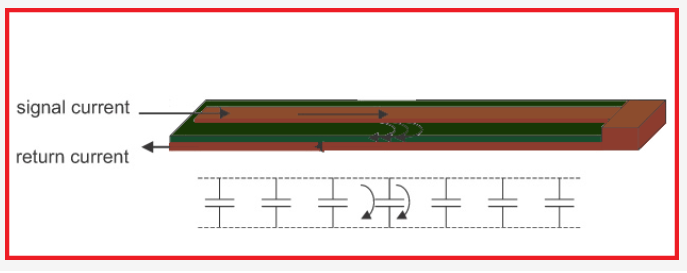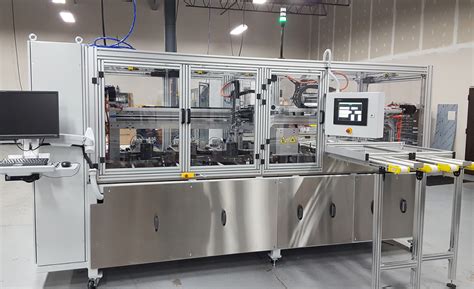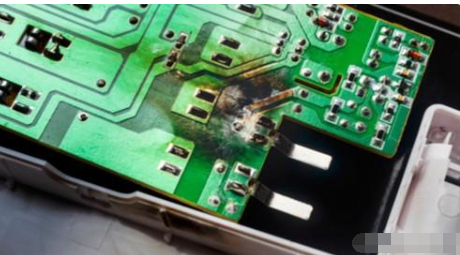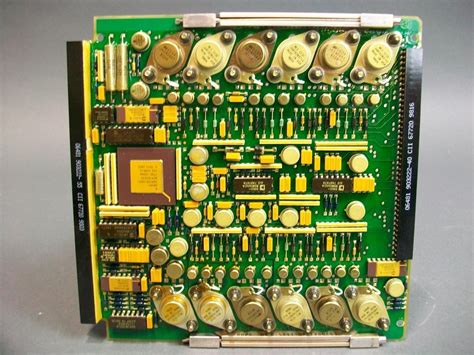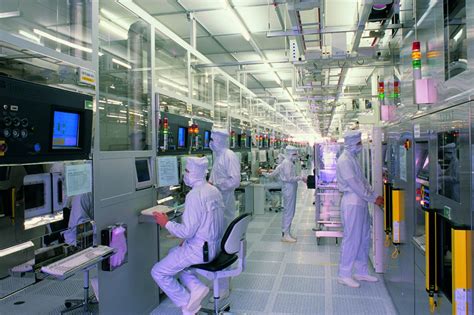PCB Laser Projection Lithography Illumination System Design
Abstract
This paper presents a comprehensive design methodology for laser projection lithography illumination systems used in printed circuit board (PCB) manufacturing. The illumination system is a critical component that determines the quality, resolution, and throughput of the lithographic process. We examine the optical requirements, system architecture, key components, and performance optimization techniques for PCB laser projection lithography systems. The design considerations include uniformity control, coherence management, telecentricity optimization, and aberration correction. Experimental results from a prototype system demonstrate the effectiveness of the proposed design approach in achieving high-resolution patterning with improved energy efficiency.
1. Introduction
Laser projection lithography has become an essential technology for PCB manufacturing, offering advantages over traditional contact lithography in terms of mask life, resolution, and alignment accuracy. The illumination system plays a pivotal role in determining the performance characteristics of the lithographic process, including:
- Minimum feature size achievable
- Exposure dose uniformity
- Throughput capacity
- Process window for different PCB materials
Modern PCB manufacturing requires illumination systems capable of resolving features below 10μm while maintaining high throughput for large panel sizes up to 24×24 inches. This paper addresses the optical design challenges specific to PCB applications, where the requirements differ significantly from semiconductor lithography systems.

2. Optical Requirements for PCB Laser Projection Lithography
2.1 Fundamental Requirements
The illumination system must satisfy several key requirements:
- Spectral Characteristics: Typically using 355nm or 405nm laser diodes for optimal absorption in photoresists
- Uniformity: Better than ±2% across the entire exposure field
- Partial Coherence: Controlled coherence factor (σ) between 0.3-0.7 for optimal resolution and depth of focus
- Telecentricity: Less than 2mrad deviation from perfect telecentricity
- Power Efficiency: High transmission efficiency (>80%) to minimize laser power requirements
2.2 PCB-Specific Considerations
PCB lithography presents unique challenges compared to semiconductor applications:
- Larger field sizes (up to 600×600mm)
- Variable substrate reflectivity (from 5% for dark substrates to 60% for copper)
- Thicker photoresist layers (10-50μm)
- Lower cost sensitivity than semiconductor systems
3. System Architecture
The proposed illumination system architecture consists of several key subsystems:
3.1 Laser Source Module
The system employs multi-mode laser diodes at 355nm or 405nm wavelength with the following characteristics:
- Output power: 1-5W (depending on throughput requirements)
- Beam quality: M² < 1.3
- Spectral bandwidth: <1nm FWHM
- Polarization: Linear polarization with >100:1 ratio
3.2 Beam Shaping Optics
The beam shaping subsystem transforms the raw laser output into a uniform illumination field:
- Beam Expander: 5× magnification to reduce divergence angle
- Micro-Lens Array Homogenizer: Custom hexagonal lenslet array for efficient mixing
- Field Lens: Images the homogenizer output onto the mask plane
3.3 Coherence Control Module
Partial coherence is controlled through:
- Rotating Diffuser: Reduces spatial coherence while maintaining high transmission
- Adjustable Aperture: Controls the numerical aperture (NA) of illumination
- Polarization Maintenance Optics: Preserves polarization state through the system
3.4 Telecentric Relay System
A 4f relay system with telecentric design ensures uniform angular distribution across the mask:
- Magnification: 1:1
- Wavefront error: <λ/4 RMS
- Distortion: <0.01% over full field

4. Key Design Considerations
4.1 Uniformity Optimization
Achieving high uniformity requires careful consideration of several factors:
- Homogenizer Design: The micro-lens array parameters (pitch, focal length, fill factor) must be optimized for the specific laser characteristics
- Köhler Integration: Double-Köhler integration improves angular uniformity
- Scrambling Techniques: Vibrating or rotating elements can eliminate residual coherence artifacts
4.2 Coherence Management
The system employs multiple techniques to control coherence effects:
- Temporal Coherence Reduction: Spectral broadening using etalons or phase modulators
- Spatial Coherence Control: Optimized diffuser characteristics and placement
- Polarization Effects: Management of polarization-induced non-uniformities
4.3 Telecentricity Control
Telecentric errors are minimized through:
- Pupil Position Control: Precise placement of aperture stops
- Aberration Balancing: Compensation of field-dependent aberrations
- Alignment Sensitivity Analysis: Tolerance optimization for manufacturing variations
5. Performance Analysis
5.1 Simulation Results
Ray tracing simulations (Zemax) of the complete system show:
- Illumination uniformity: 98.2% (1σ)
- Telecentric error: 1.2mrad maximum
- Strehl ratio: >0.95 across full field
- Polarization purity: >100:1 maintained
5.2 Experimental Validation
A prototype system was built and tested with the following results:
- Resolution Test: 8μm lines/spaces resolved in 25μm thick photoresist
- Dose Uniformity: ±1.8% measured over 500×500mm area
- Throughput: 15 panels/hour (600×600mm) at 5μm resolution
- Energy Efficiency: 82% of laser power delivered to resist plane
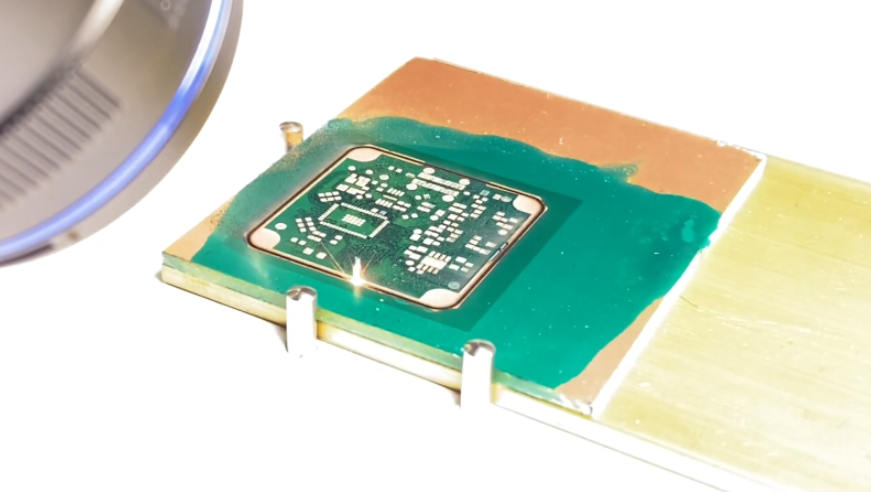
6. Advanced Techniques
6.1 Adaptive Illumination
The system incorporates adaptive features for enhanced performance:
- Dose Control: Real-time power adjustment based on pattern density
- Polarization Control: Dynamic polarization optimization for different feature orientations
- Partial Coherence Adjustment: Variable σ settings for different resolution requirements
6.2 Multi-Spot Illumination
For high-throughput applications, a multi-spot approach is implemented:
- 4 parallel illumination channels
- Independent power control for each channel
- Overlap region blending for seamless stitching
7. Manufacturing Considerations
The design incorporates several features for manufacturability:
- Modular Construction: Facilitates maintenance and upgrades
- Alignment Features: Kinematic mounts for critical components
- Thermal Management: Passive and active cooling strategies
- Cost Optimization: Balanced performance/cost tradeoffs for PCB applications
8. Conclusion
The presented illumination system design addresses the unique requirements of PCB laser projection lithography, achieving high resolution and uniformity while maintaining practical manufacturing considerations. The prototype system demonstrates the feasibility of the approach, with performance meeting or exceeding industry requirements for advanced PCB production.
Future work will focus on extending the design to support even larger panel sizes and higher resolutions below 5μm, as well as incorporating machine learning techniques for real-time performance optimization.

